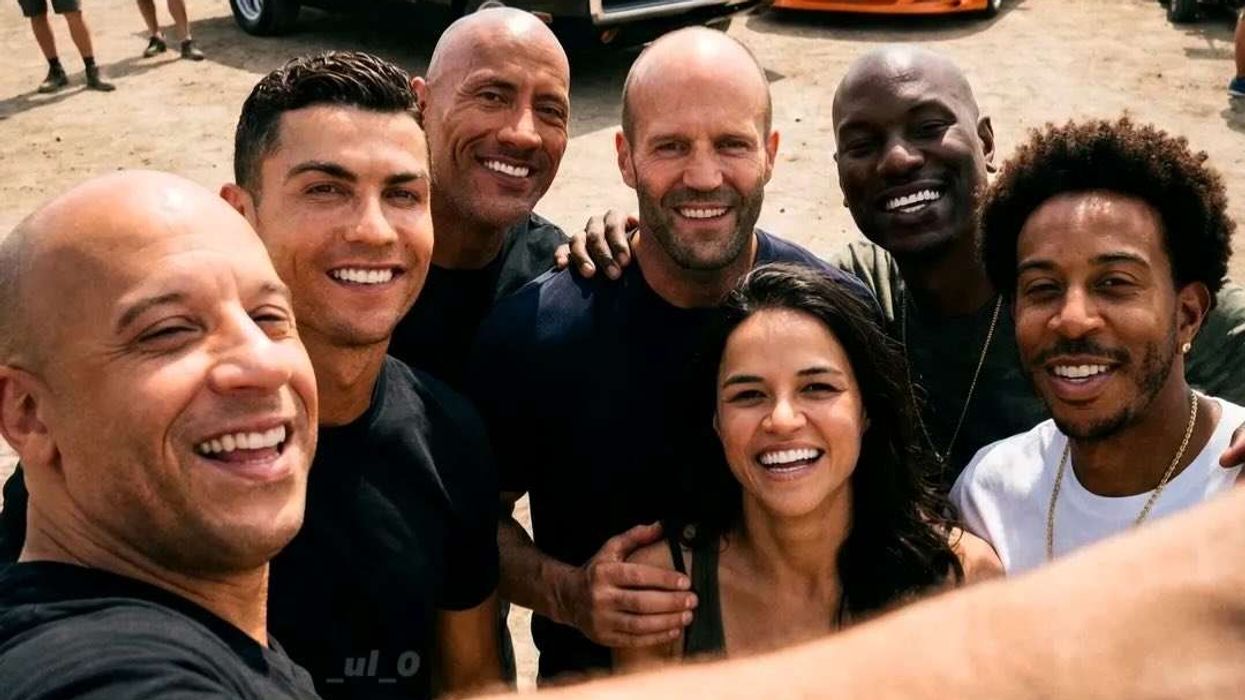WHEN Uri: The Surgical Strike was released in 2019 it became a huge blockbuster success. In terms of budget versus return, the fictional account of India’s retaliation to Pakistan militants launching a deadly attack in 2016, became one of the highest profit-making movies of all time.
Almost five years later, the award-winning hit seems to have cursed the three key people connected to it. The film’s writer-director Aditya Dhar started working on his high profile follow up The Immortal Ashwatthama, but the mythological superhero adventure headlined by Uri: The Surgical Strike lead star Vicky Kaushal soon collapsed.
Budgets spiralling out of control led to The Immortal Ashwatthama being shelved before it commenced shooting, which means that despite winning multiple awards for his directorial debut, Dhar is still waiting for a second film. It is now turning into one of the biggest gaps between an acclaimed debut and a follow up. This is one of many projects that have prevented Kaushal from progressing to leading man material.
His movies released as a leading man since then like Bhoot – Part One: The Haunted Ship, Govinda Naam Mera and The Great Indian Family have been major failures. His film Sardar Udham won awards but was largely overrated and dumped straight onto a streaming site.
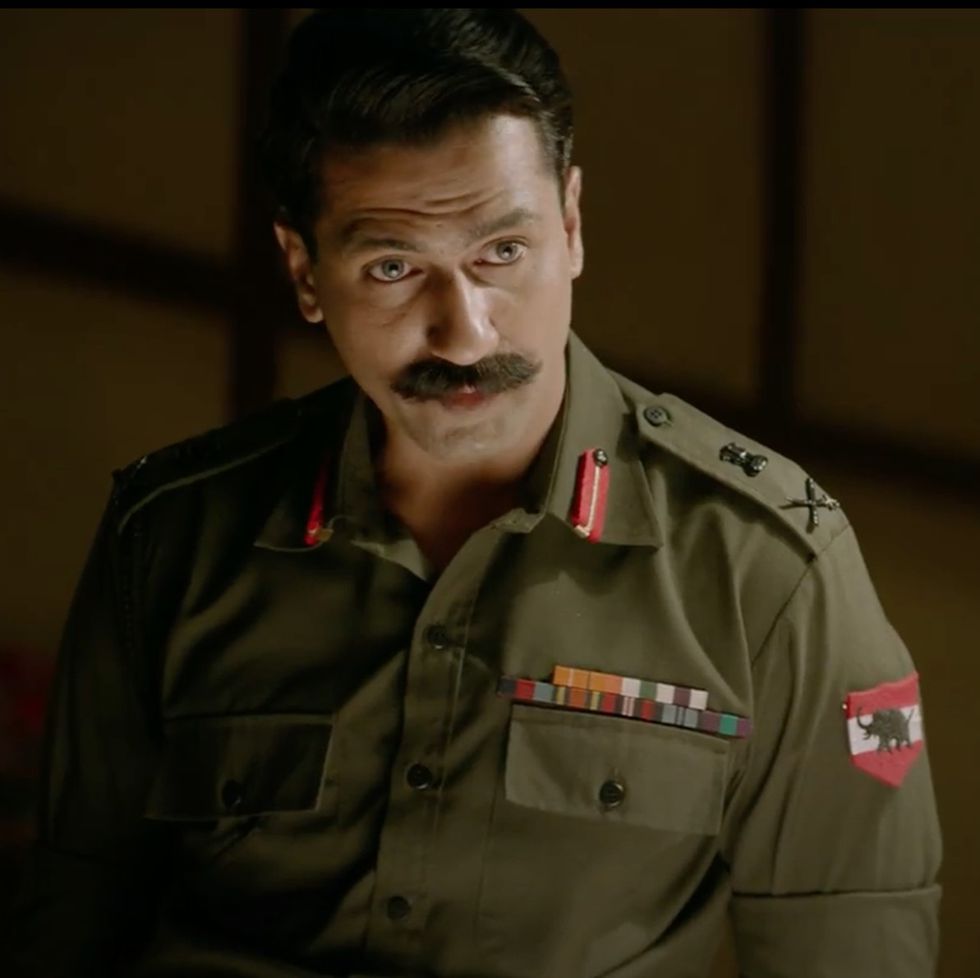
Perhaps, the most cursed has been the movie’s producer Ronnie Screwvala because he has been on a dramatic downward spiral. The clueless producer tried to replicate the anti-Pakistan rhetoric of Uri: The Surgical Strike, but that has backfired multiple times.
His decidedly average period war films Mission Majnu and Pippa dealt with India battling the old enemy, but both were dumped straight onto a streaming site because the appetite just wasn’t there for a cinema release. The average movies generated very little interest. There have been rumours that the recent release Pippa was sold at a huge financial loss to Amazon Prime.
Screwvala’s other anti-Pakistan film Tejas became a spectacular failure when it was released in October. When all the calculations are done, the Kangana Ranaut air force drama will be one of this year’s biggest film failures. After these three terrible cross-border war movies, the producer is hoping to turn things around with soon to be released film Sam Bahadur, which is due in cinemas on December 1. But that looks like more of the same – it is another cross border war movie and it has Kaushal portraying a real life Indian super soldier. The trailer received an average response, despite being directed by acclaimed filmmaker Meghna Gulzar.

If by some miracle the army movie does turn out to be good, it has shot itself in the foot by releasing on the same day as hotly anticipated blockbuster Animal.
It is an astonishingly bad decision considering Animal has a top drawer director and has a red-hot cast led up by massively popular Bollywood star Ranbir Kapoor. It is also a full-throttled action movie, which is the hottest genre in Hindi cinema right now after the big success of Pathaan and Jawaan.
If, as expected, Sam Bahadur fails at the box office, it will be four army movies in a row produced by Screwvala that have failed to replicate the success of Uri: The Surgical Strike, which still seems to be cursing key people associated with it.
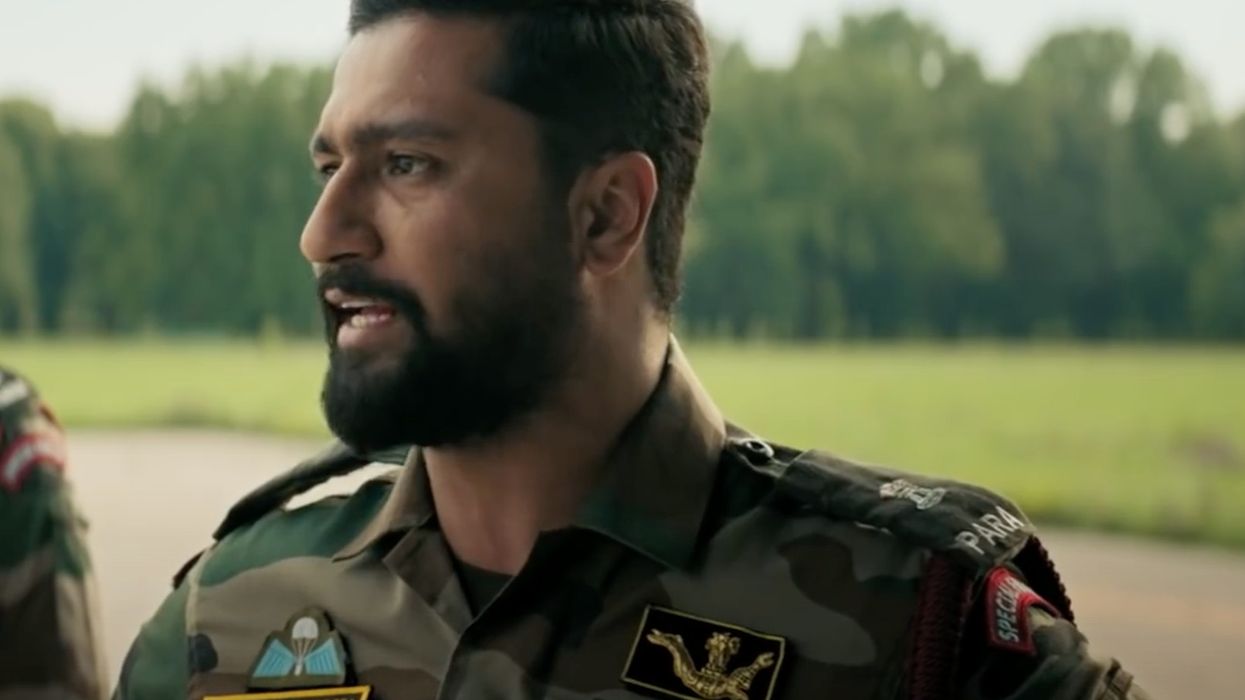
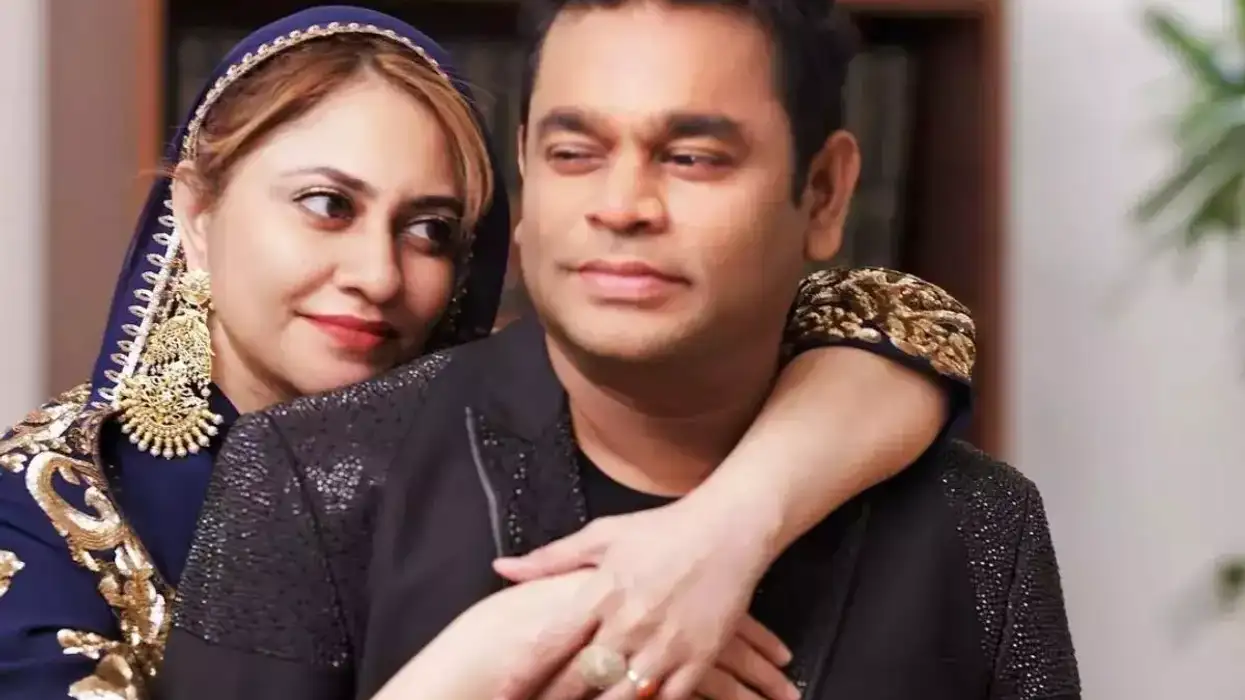
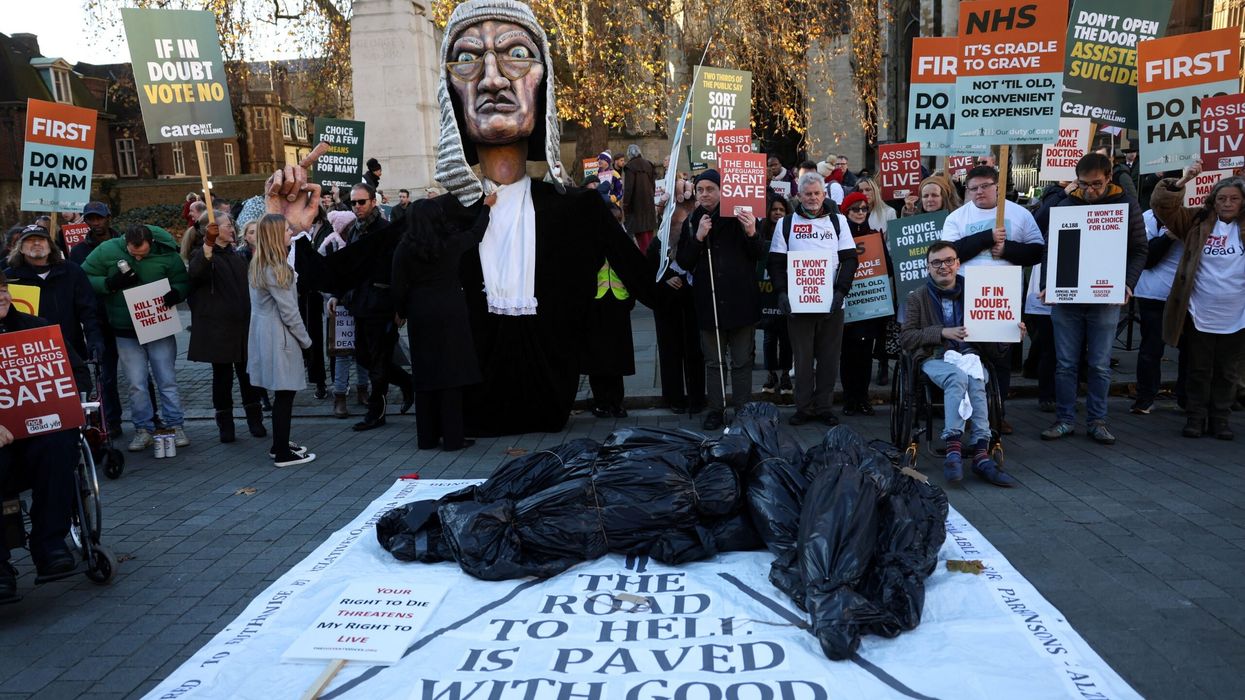
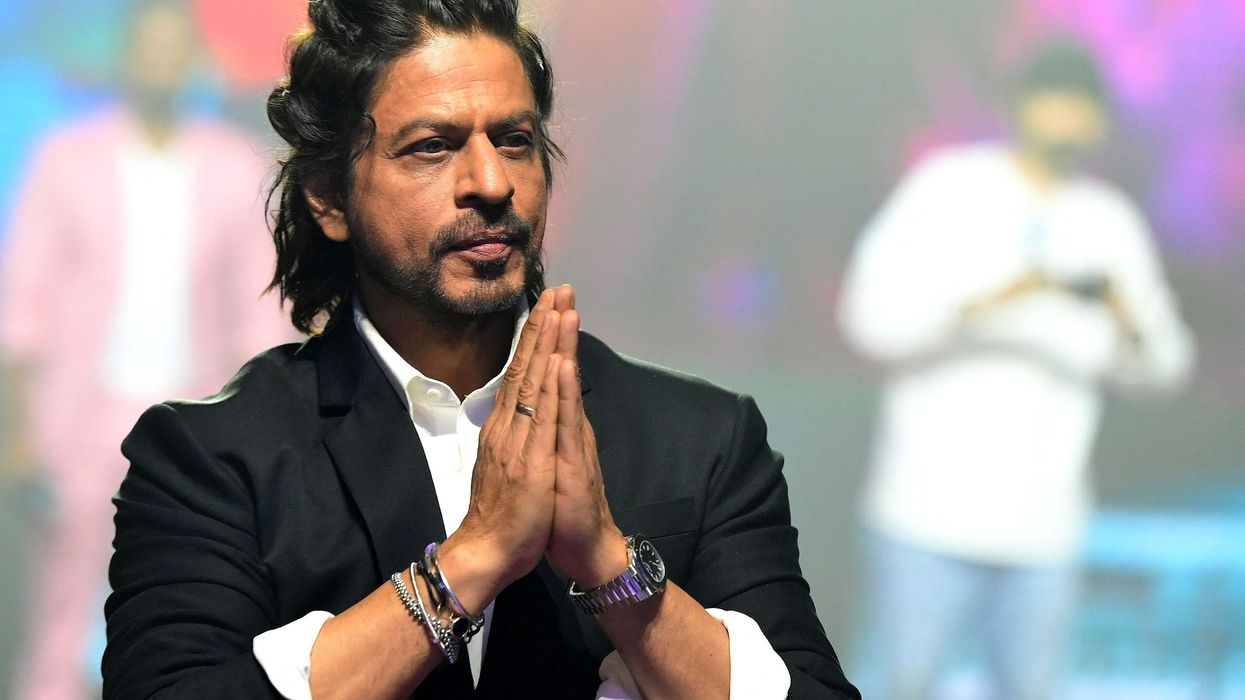
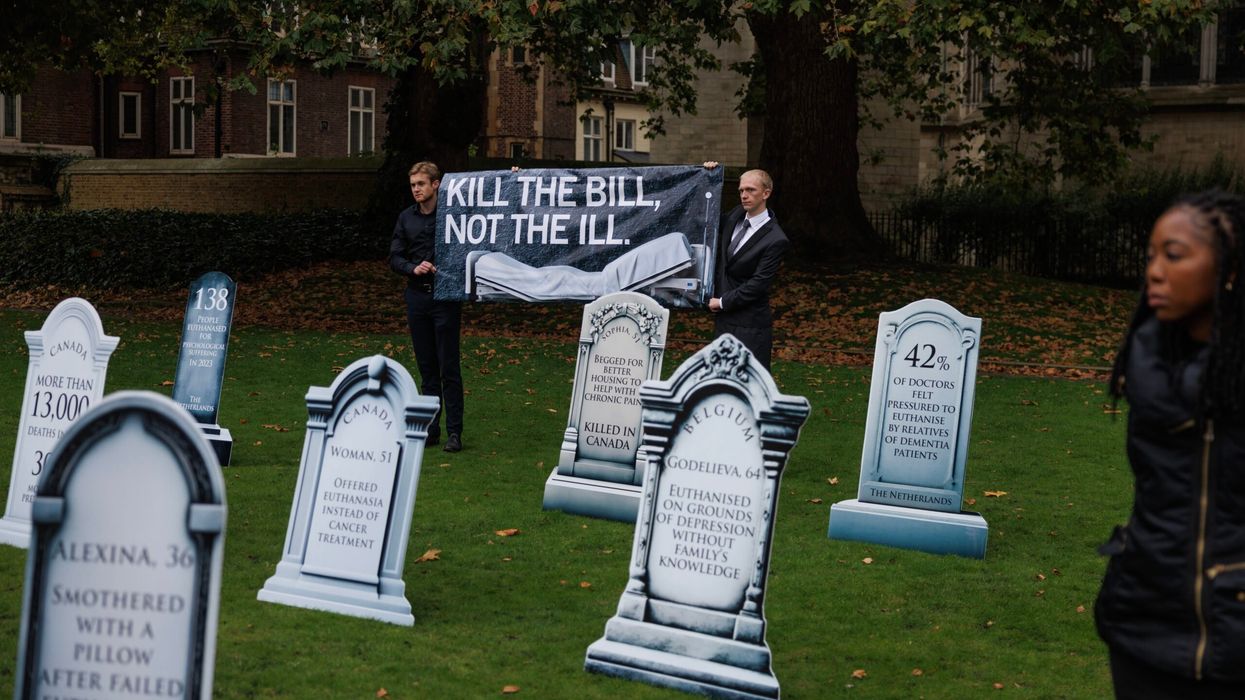
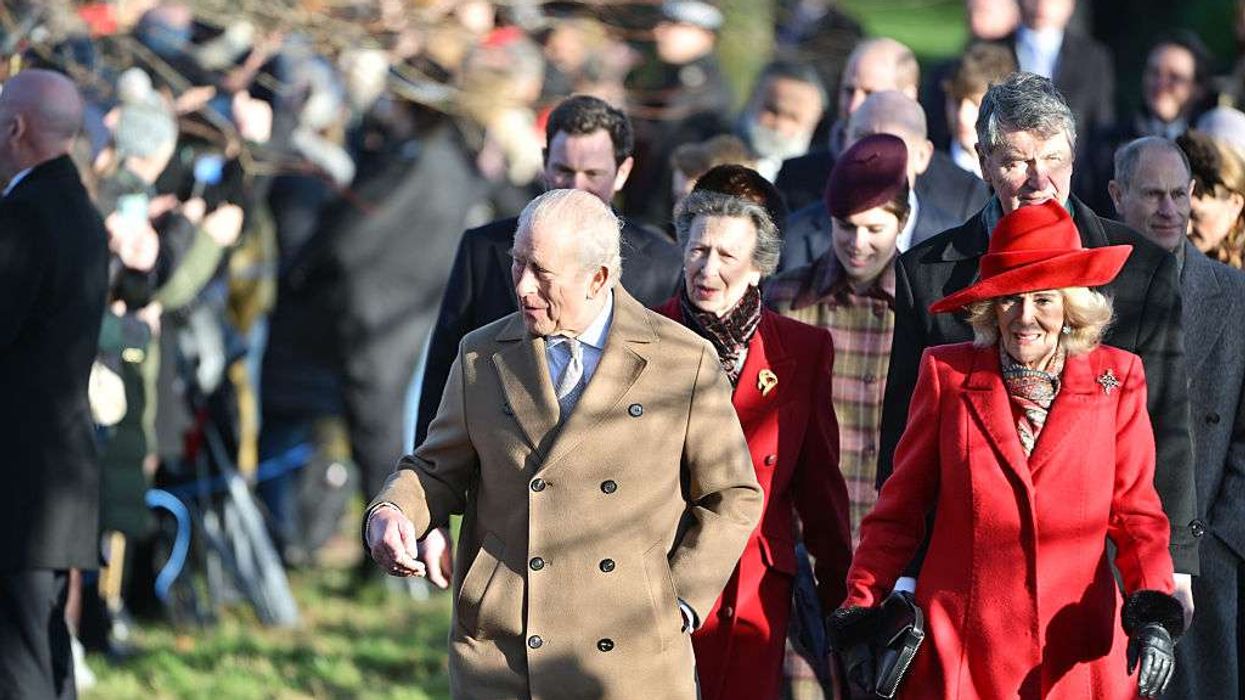
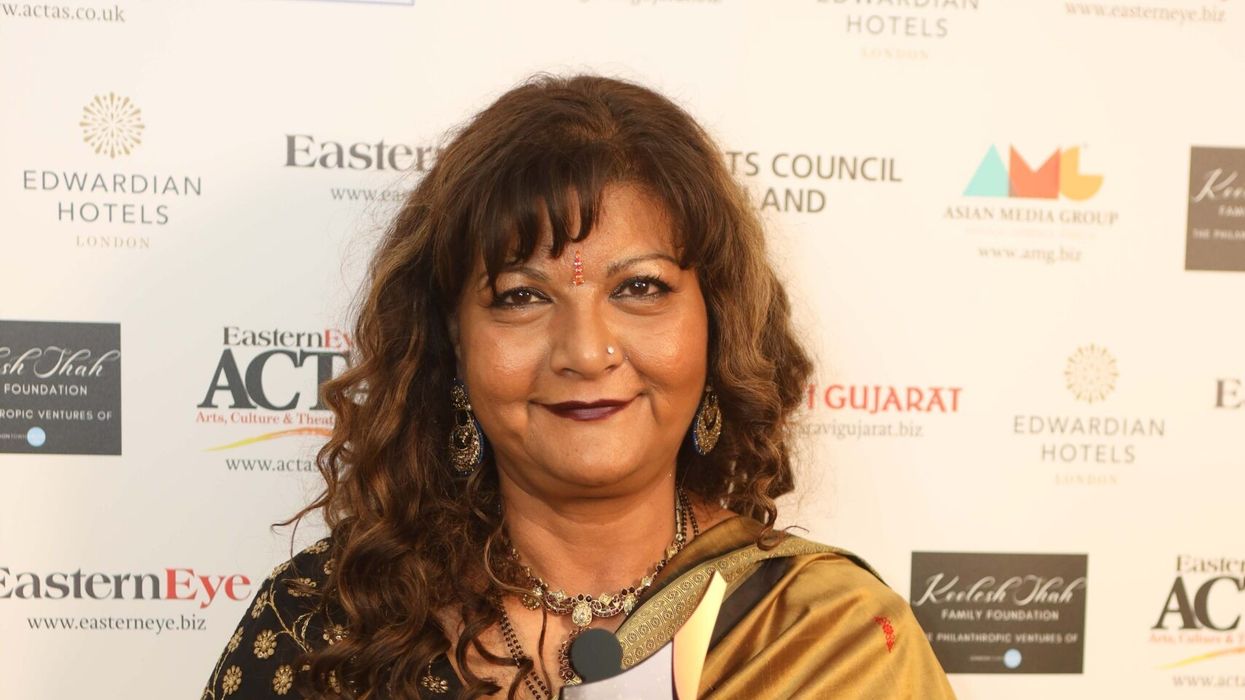 Tanika Gupta
Tanika Gupta  Shashi Tharoor AFP via Getty Images
Shashi Tharoor AFP via Getty Images 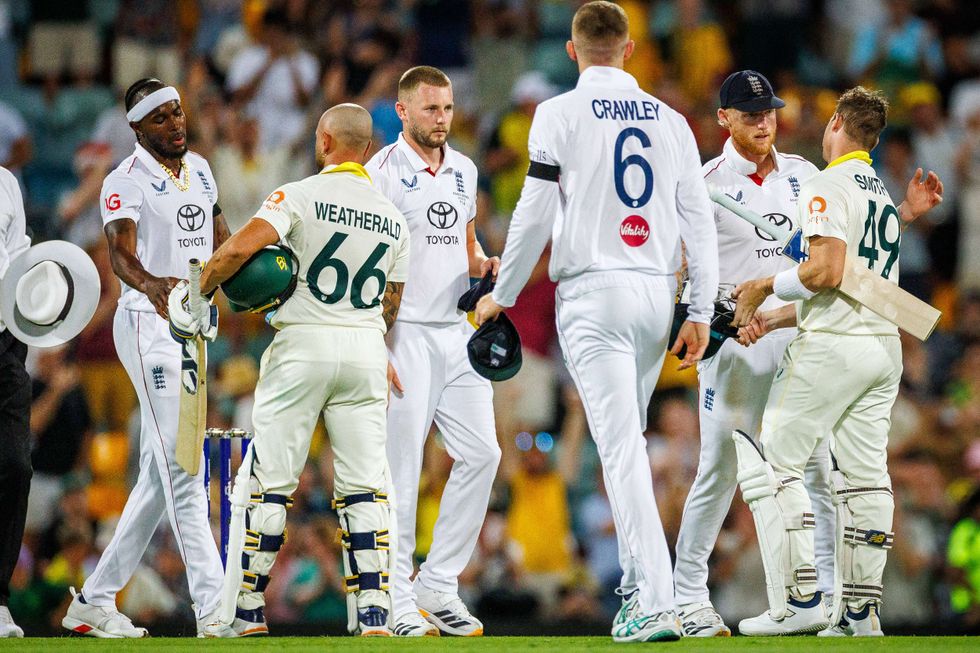 English cricket writers are distraught that in the current “Ashes” series against Australia down under Getty Images
English cricket writers are distraught that in the current “Ashes” series against Australia down under Getty Images 




